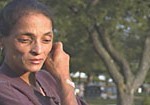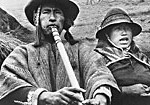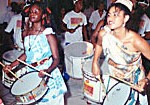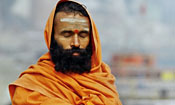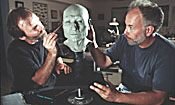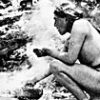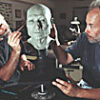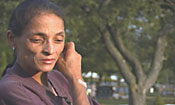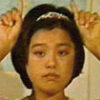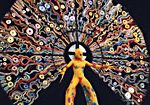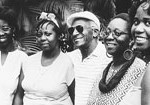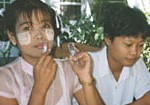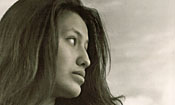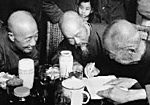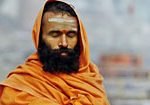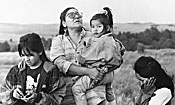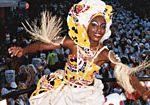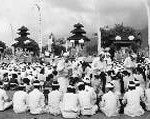Price: $295.00
This intimate and groundbreaking study of India’s most prestigious boys’ boarding school is the first work in a series of five acclaimed films by renowned ethnographic filmmaker David MacDougall.
Product Description
This intimate and groundbreaking study of India’s most prestigious boys’ boarding school is one of the most acclaimed works of renowned ethnographic filmmaker David MacDougall. In this original and beautifully photographed film MacDougall examines not only the life of the boys in the school and the culture associated with that life; he also inquires into the school’s “social aesthetics,” the qualities of place, material objects, and social interaction that provides a distinctive backdrop for the everyday life of this community.
Sometimes called “the Eton of India,” Doon School has nevertheless developed its own characteristic style and presents a curious mixture of privilege and egalitarianism. The school was established by a group of Indian nationalists in the 1930s to produce a new generation of leaders who would guide the nation after Independence. Since then it has become highly influential in the creation of the new Indian elites and has come to epitomize many aspects of Indian postcoloniality.
Shot over a two-year period, the film explores the social aesthetics and ideology of the school through its rituals, the physical environment it has created, and its effects upon several boys of different ages and temperaments. The film is divided into ten “chapters,” each headed by a text taken from school documents. This narrative structure lends great cohesiveness to the film and at the same time facilitates classroom use and helps focus discussion on the key themes and issues explored.
Doon School Chronicles will take its place among the classics of ethnographic cinema. It is essential viewing for a wide array of classes in cultural anthropology, Asian and Indian studies, visual anthropology, education and childhood studies, and post-colonial studies. An excellent accompaniment to the film is the book, Constructing Post-Colonial India: National Character and the Doon School, by anthropologist Sanjay Srivastava (Routledge, 1998).
Note: The DVD version of the film is fully authored, with menus and chapter markers put in by the filmmaker. It also features optional closed captions, which the VHS version does not have.



